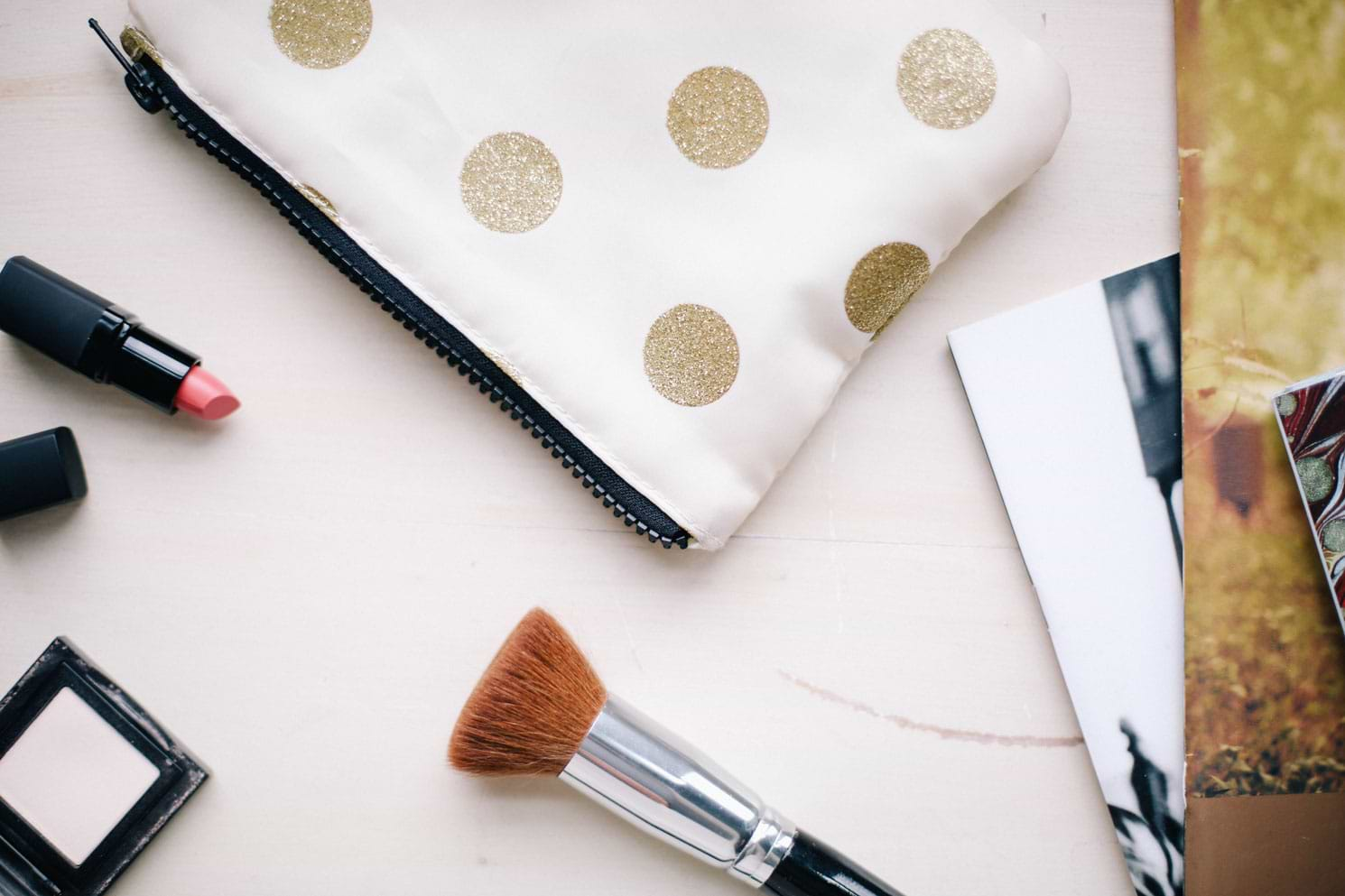Welcome to thoughtful, organic beauty
Hello Joyous is an organic, plant-based, sustainable beauty brand here to bring more joy to your day.
It’s not hard to find a "green" lipstick on the market these days. There are tons of brands popping up, especially after the “lead in lipstick” scare a few years ago. In fact, it’s a fairly simple swap to replace petroleum, synthetic preservatives, and chemical emulsifiers found in conventional lipsticks with plant-based oils and waxes. A typical natural lipstick recipe usually includes
Castor oil, jojoba oil (plus other oils like avocado, pomegranate, or sunflower), butters (like cocoa, shea or mango), Vitamin E oil, beeswax or candelilla wax, and floral or fruit extracts.
But that’s just the base formula. Natural cosmetic companies are still presented with the challenge of adding pigment, which can be extracted from a few sources: minerals, plants, synthetic formulations, and bugs (Yup. Bugs. Insect-based ingredients can be listed as carmine, cochineal extracts, Natural Red 4, or E120).
Many years ago, before the “green beauty renaissance,” all natural lipsticks only included shades of dusty rose, coppery brown, or nude. That’s because these lipstick formulas were truly natural and only contained mineral and plant pigments. The recent rise in demand for green beauty products has had companies trying to meet consumer demands by producing natural lipsticks that still look and feel like their synthetic counterparts. Until recently, conventional makeup products were the only option when seeking vibrant, richly pigmented colours like bright red and magenta.
Unfortunately, the process to create bright reds and other vibrant colours using only naturally occurring compounds is difficult, a lot more expensive, and some even say impossible. Tata Harper, (founder of a popular natural skincare line) has divulged in interviews that it’s a huge challenge to get the same vibrant shades as conventional brands. She says that in her Tata Harper lip and cheek tints she will not use synthetic dyes, which are often listed as FD&C or D&C and created using either petroleum or coal tar.
When Sasha Plavsic – the founder of natural lipstick company ILIA Beauty – formulated her lipsticks, she decided to include small amounts of synthetic colours in all but one lipstick shade. According to her, ILIA lipsticks contain 0.1-0.3% of synthetic dye in order to rival conventional brands in the most natural way possible. She’s admitted “it was a tough call, since some people may have a known adversity or allergy to some synthetic colour.” In the end, the goal was to create an option for both. She created one lipstick shade, ‘Nobody's Baby’ with natural pigments and is 100% iron oxide–based.
Iron oxides and titanium dioxide are the most common pigments used in natural lipsticks. What’s not often considered is that iron oxides and titanium dioxide, like many ingredients from the earth, can contain some trace heavy metals, which are naturally found in soil and rock. This means that at least some contamination may occur with the mineral ingredients used in cosmetics. That said, pigments made from chemical and petroleum-based ingredients, especially coal tar dyes, tend to be more heavily contaminated than those sourced from plant and mineral ingredients.

So when choosing a lipstick, this is what you'll want to consider:
Are companies being transparent and open about the pigments they’re using?
What level of "natural" are you personally comfortable with?
For me, it’s hard to live without vibrant shades of lipstick; I just love them so much! Since I will never give up lipstick and only wear sheer lip balm (which is probably the best way to avoid all contamination), I must weigh my options and choose brands that I trust are transparent. ILIA deserves credit for being completely transparent about the choice to use synthetic pigment. There are probably many organic cosmetic brands out there that also use mild synthetic colours and choose not to list them in their ingredients.
Do your research, get to know cosmetic brands, and trust your instincts to make conscious decisions about what’s good for your own health.
Here are a few of my favourite lipstick brands that provide beautifully pigmented lipsticks with the cleanest ingredients possible:
FitGlow
Tata Harper
Aixology
W3ll People
Note: Many popular lipstick brands use titanium dioxide, which has been deemed safe when it doesn’t contain nanoparticles that can be inhaled. Additionally, many companies are using an inorganic compound called manganese violet, rated a 1 (or low hazard) by the Environmental Working Group's Skin Deep database.
What's your favourite shade or brand of lipstick for a night on the town? Let me know in the comments below!
My lipstick and cosmetics come from a company called Pure Anada. It is based in Manitoba and started by Candace Grenier. I love this product and believe it to be free of toxic ingredients.
ReplyHi Adele, yes Pure Anada is definitely a great non toxic option. Thanks for sharing!
I like the brand Pacifica. I get it at my local health store here in Fredericton NB. From what I can tell, its safe. I also use their nail polish and other cosmetics.
ReplyHi Gisele! So happy to hear you've made the switch to green beauty products :) Heather- Joyous Health Team
I like Au Naturale based in USA it is vegan organic and non toxic ingredients. Based in Canada I found brand name is Haut cosmetics. Omiana based in USA again read all ingredients. :)
ReplyThanks for sharing it
Reply